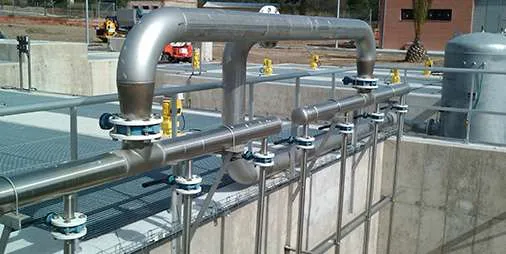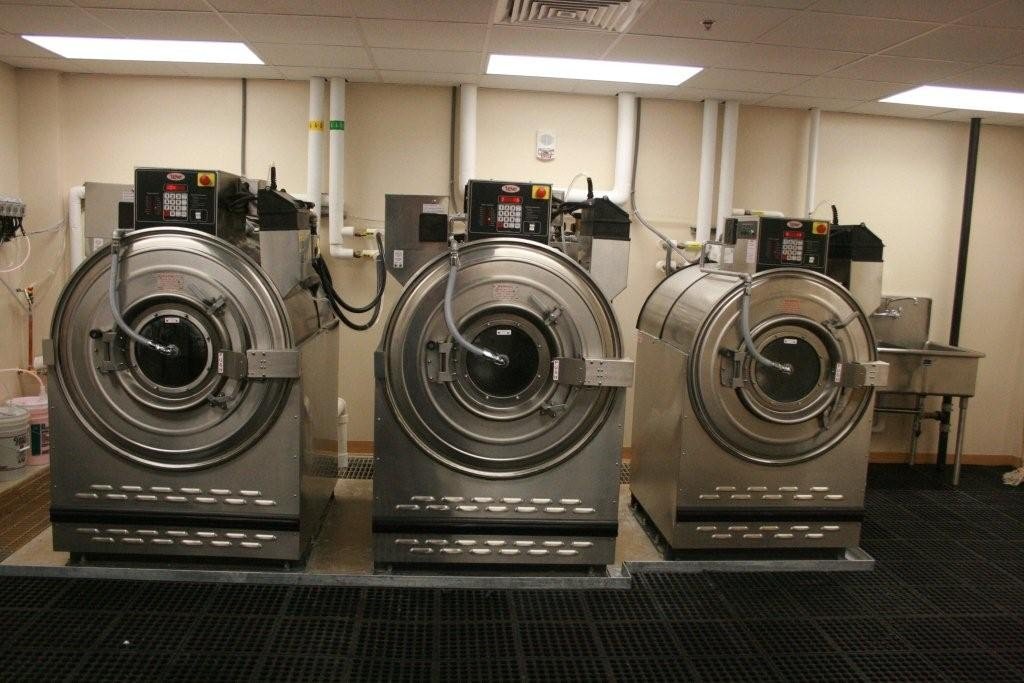
dew collection systems
Water scarcity is a major issue facing many parts of the world, with around 2.2 billion people lacking access to safe drinking water. In arid and semi-arid regions, where traditional sources of water are scarce, innovative solutions are needed to ensure communities have access to clean and reliable water sources. One such solution is dew collection systems.
Dew is the moisture that forms on surfaces overnight when the temperature drops and reaches the dew point. Dew collection systems are designed to capture this moisture and collect it for human use. These systems can be simple and low-cost, making them a practical option for communities in need of water in dry regions.
How do dew collection systems work?
Dew collection systems can be passive or active, depending on the design and technology used. Passive systems rely on natural processes to capture dew, while active systems use additional mechanisms to increase dew collection efficiency.
Passive dew collection systems typically consist of a surface that is designed to encourage dew formation, such as a metal sheet or plastic film. These surfaces are placed in strategic locations where dew formation is more likely, such as in valleys or near water sources. As the temperature drops overnight, moisture in the air condenses on the surface, forming droplets of water that can be collected using a gutter or channel system.
Active dew collection systems use additional tools, such as fans or coolants, to increase dew formation and collection. These systems are more complex and generally more expensive than passive systems, but they can be more efficient in capturing dew in regions where natural dew formation is limited.
Benefits of dew collection systems
Dew collection systems offer several benefits for communities facing water scarcity. Some of the key advantages of dew collection systems include:
1. Reliable water source: Dew is a consistent source of water in arid and semi-arid regions, making dew collection systems a reliable source of drinking water for communities in need.
2. Low-cost: Passive dew collection systems are relatively inexpensive to build and maintain, making them a cost-effective option for communities with limited resources.
3. Environmentally friendly: Dew collection systems require no electricity or fuel to operate, making them an environmentally friendly alternative to other water sources that may require pumping or purification.
4. Drought-resistant: Dew collection is not affected by droughts or dry spells, making it a valuable source of water in regions prone to water scarcity.
Challenges of dew collection systems
While dew collection systems offer many benefits, there are also challenges that need to be addressed to ensure their effectiveness and sustainability. Some of the key challenges of dew collection systems include:
1. Limited water yield: Dew collection systems may not produce large quantities of water, especially in regions with low humidity or limited dew formation. This can be a challenge for communities with high water demand.
2. Contamination: Dew collected from surfaces may be contaminated with pollutants or microorganisms, requiring treatment before it can be used for drinking or cooking.
3. Maintenance: Dew collection systems require regular maintenance to ensure they continue to function effectively. This can be a challenge in remote or resource-limited areas.
4. Seasonal variability: Dew formation may vary seasonally, with more dew forming in cooler months than in hot, dry seasons. This can affect the reliability of dew collection systems as a water source.
Case study: The FogQuest project
One organization that is working to address water scarcity through dew collection systems is FogQuest. FogQuest is a non-profit organization that designs and implements fog collection projects in dry regions around the world. The organization’s projects typically consist of mesh nets or screens that capture fog droplets, which are then collected and stored for human use.
FogQuest has implemented fog collection projects in countries such as Eritrea, Guatemala, and Nepal, providing communities with a source of clean water in areas where traditional water sources are scarce. These projects have been successful in increasing water access and improving community health and well-being.
Lessons learned from FogQuest’s projects
The FogQuest projects offer valuable lessons for other organizations and communities looking to implement dew collection systems. Some of the key lessons learned from FogQuest’s projects include:
1. Community involvement: Involving local communities in the design and implementation of dew collection systems is crucial for their success. Community engagement can help ensure that the system meets the needs and preferences of the people who will be using it.
2. Monitoring and evaluation: Regular monitoring of dew collection systems is essential to track water yield, quality, and system performance. This information can help identify areas for improvement and ensure the system is functioning effectively.
3. Collaboration: Collaboration with local governments, non-profit organizations, and other stakeholders is important for the sustainability of dew collection projects. By working together, organizations can leverage resources and expertise to address water scarcity more effectively.
Future of dew collection systems
As water scarcity continues to be a pressing issue in many parts of the world, dew collection systems offer a promising solution for providing clean and reliable water sources in arid and semi-arid regions. Innovations in dew collection technology, such as the use of advanced materials and design techniques, have the potential to improve the efficiency and effectiveness of dew collection systems in the future.
Research and development in dew collection systems are ongoing, with scientists and engineers exploring new ways to optimize dew formation and collection. Advances in materials science, climate modeling, and water purification technologies are helping to overcome some of the challenges associated with dew collection, such as low water yield and contamination.
Policy makers and government agencies are also beginning to recognize the potential of dew collection systems as a sustainable water source, with some countries incorporating dew collection into their water management plans. By investing in dew collection technology and infrastructure, governments can help ensure that communities have access to clean and reliable water sources, even in the face of droughts and water shortages.
In conclusion, dew collection systems offer a practical and sustainable solution for addressing water scarcity in arid and semi-arid regions. By harnessing the natural process of dew formation, communities can access a reliable source of clean water that is cost-effective, environmentally friendly, and resilient to droughts. With continued innovation and investment in dew collection technology, we can ensure that communities around the world have access to the water they need to thrive.

